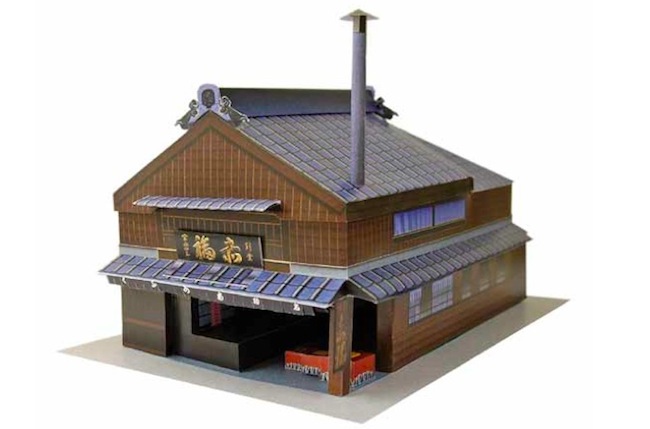
If you’ve lived in Japan for some time, you may have heard of the popular traditional sweet called Akafuku. It’s basically mochi rice cake topped with a rich and incredibly smooth sweet red bean paste. Well, it’s come to our attention that the makers of this long-selling confection are also offering on their website something you may not expect from a sweets manufacturer — awesome paper craft templates, and all free too! So, are you ready for some serious cutting and pasting?
But first, here’s a little more background information for those of you not familiar with Akafuku. The Akafuku company first began as a tea house for pilgrims visiting the famous Ise Shrine in Mie Prefecture, one of the most sacred places in Japan. The Akafuku company has been in operation in Ise City since 1707, so we were quite serious when we said that Akafuku is a long-selling sweet. The confection is made using mochi rice from farms that specialize in growing mochi rice exclusively (not regular rice eaten with meals), and the red bean paste that covers the mochi is made using only azuki beans grown on the northern island of Hokkaido, an area particularly well-suited for growing the beans.
▼Here’s what the Akafuku looks like. Underneath all that smooth red bean paste is soft, white mochi. Yum!
Now, let’s see what paper craft templates of Akafuku and Ise related motifs are offered on the Akafuku website.
1. Akafuku Main Shop
The city of Ise is known for architecture with “Kirizuma-style” gabled roofs, and the main Akafuku Shop is an excellent example of this style. The name Akafuku and the year the company was founded appear in magnificent gold letters on the large sign up on the front. This main shop was built in 1877 and even today retains its look from the Meiji Era.
▼By the way, here’s what the actual shop looks like. As Akafuku is such a well-known treat in Japan, the store is usually crowded with tourists buying the sweet as souvenirs.
2. Sparrow
Each year in the spring, sparrows come to nest in the roof of the main Akafuku shop. They stay until mid-summer, when they travel south, and the folks at Akafuku have always enjoyed having these seasonal winged visitors, as sparrows have traditionally been thought to bring good luck and prosperity, especially to businesses.
3. Akafuku Main Shop (Northern Building)
Although this structure is currently used as part of the Isuzu Chaya (Tea House) cafe, until about 40 years ago, the Akafuku factory was located next to this building and all the Akafuku confections were shipped out from here. It now provides a relaxing environment in which you can have some tea and also enjoy the changing seasons looking into a nice garden.
4. Isuzu Chaya (Tea House) Main Buiding
This tea shop has a lovely interior recreated in the style of a traditional merchant’s house in the Ise area. From the shop, you can enjoy tea and seasonal Japanese sweets while looking into a beautiful garden, as well as the Isuzu River that runs beyond.
5. Carp
Colorful carp can be seen swimming gracefully through the clear waters of the Isuzu River that flows through the grounds of the Ise Shrine complex. The bright fish are sure to be a delightful sight.
6. Isuzu Kura (Storehouse)
This two-story storehouse located adjacent to the Isuzu Tea House is now used as an exhibit/gallery facility. It has the distinct look of a traditional Japanese kura (storehouse) and is certainly interesting to look at as a building.
7. Chicken
Chickens are supposed to be sacred birds that serve as messengers of the Shinto gods and are sometimes even featured in important Shinto ceremonies. The birds can often be seen on the roads to the Ise Shrine, providing an entertaining sight.
8. The Taiko Yagura (Drum Tower)
This taiko (drum) tower is located in the center of Okage Yokocho (Okage Side Street), a tourist area located in front of Ise Shine’s “Inner Shrine”. The side street was created by a subsidiary of the Akafuku company in the early 1990s to reconstruct the look and feel of the city during the late 19th century, when it was filled with travelers making their pilgrimage to Ise Shrine. The tower is still used today for exciting drum performances on weekends and adds to the vibrance of the Okage Yokocho.
9. Joyato (All-night stone lantern)
The final item is this large stone lantern that can be found at the entrance of Okage Yokocho. In the past, such a lantern was lit throughout the night to keep visitors safe in the dark. Today, the lantern has become a symbol of the side street and it still continues to light the way for those visiting the Ise Shrine.
So, there you have the nine templates available from Akafuku. We thought they look quite impressive, especially the details in the old-fashioned buildings. The template as well as an instruction guide on how to make each item can be downloaded from the Akafuku website. The crafts certainly look like fun, so if you’re in the mood for being creative with your hands, why not try creating some of these yourself? And in our opinion, it would definitely be ideal if you could have some Akafuku after you’re done. Happy paper crafting!
Source: Akafuku website via Japaaan Magazine (Japanese)
Top image and inset photos of paper craft creations: Akafuku website
Inset images of actual Akafuku and Akafuku Shop: RocketNews24
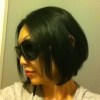
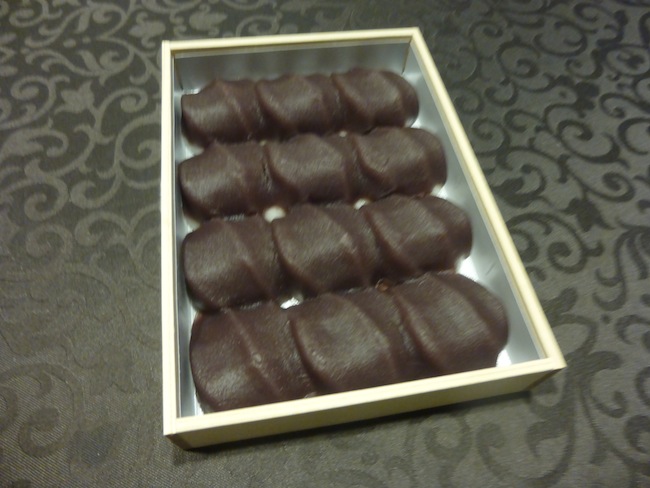
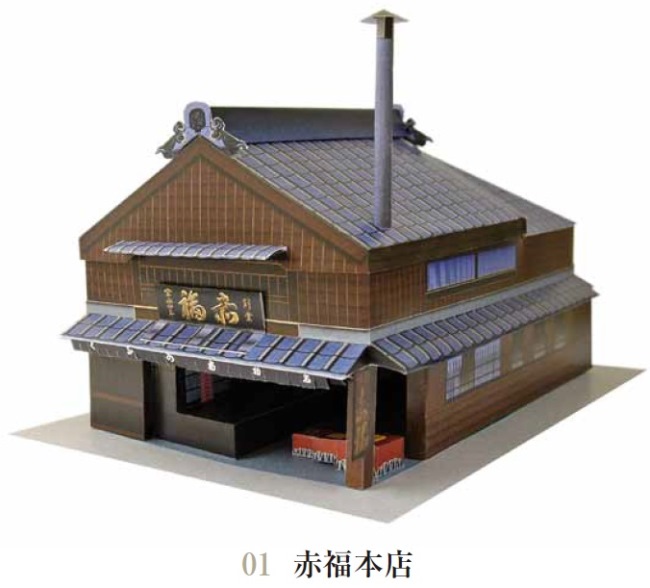
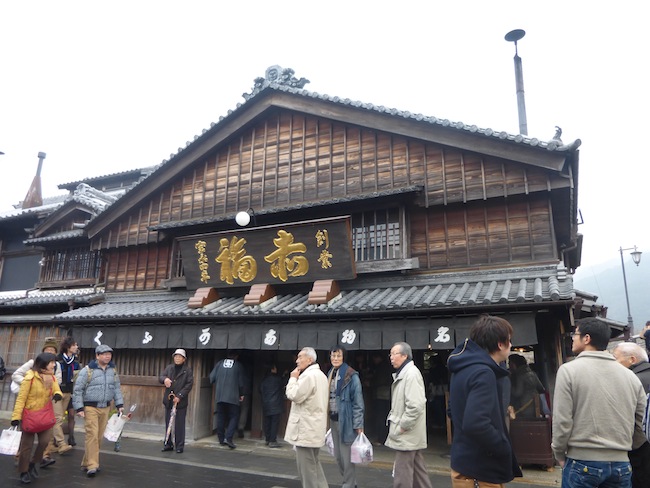
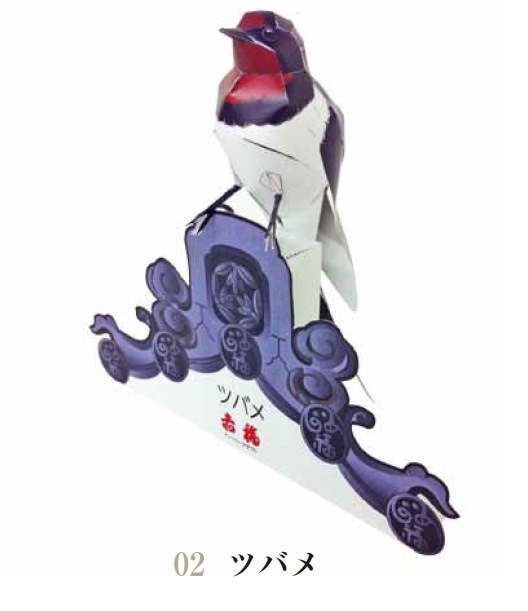
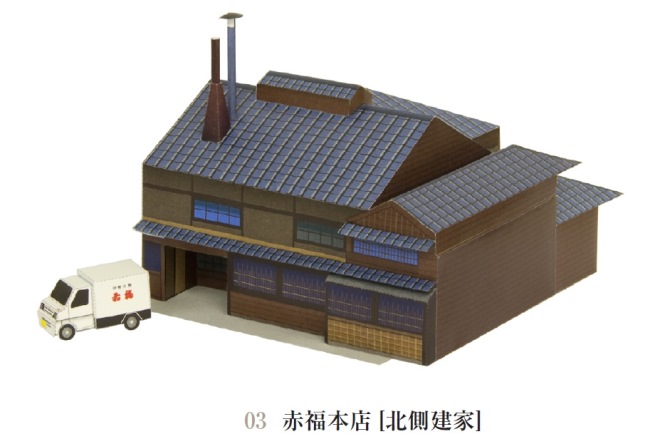
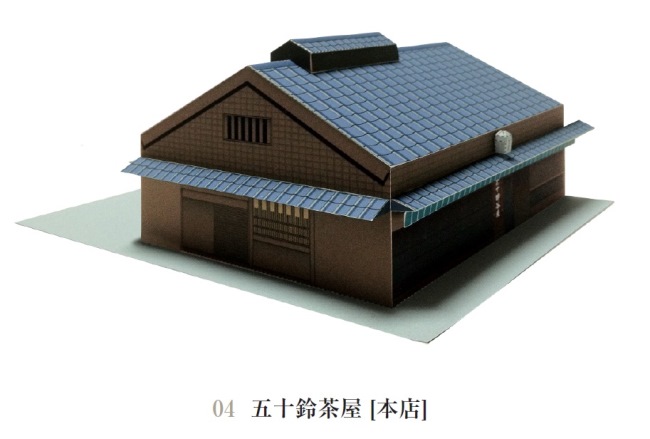
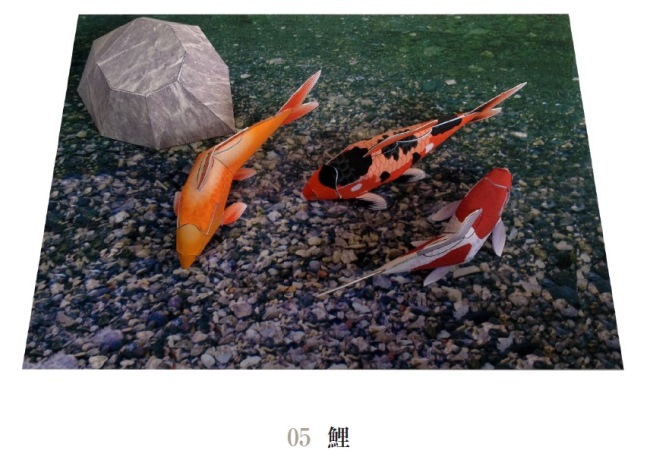
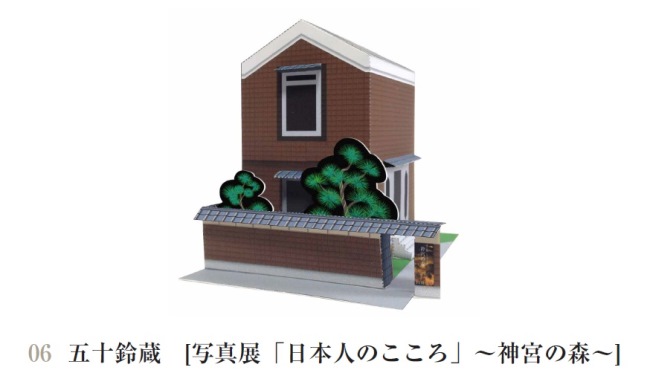
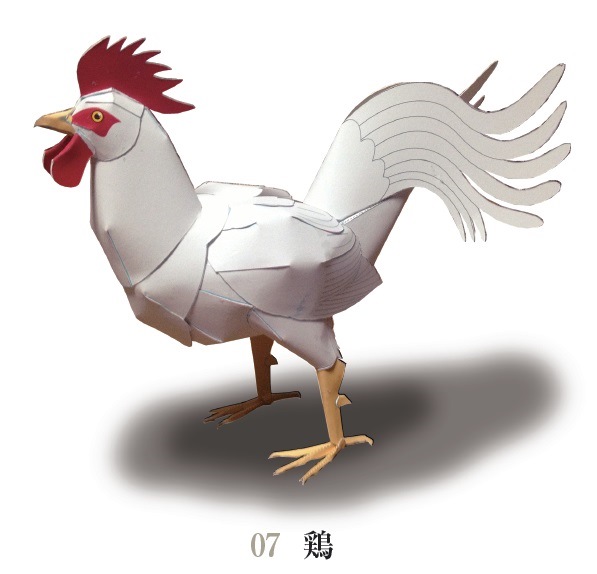
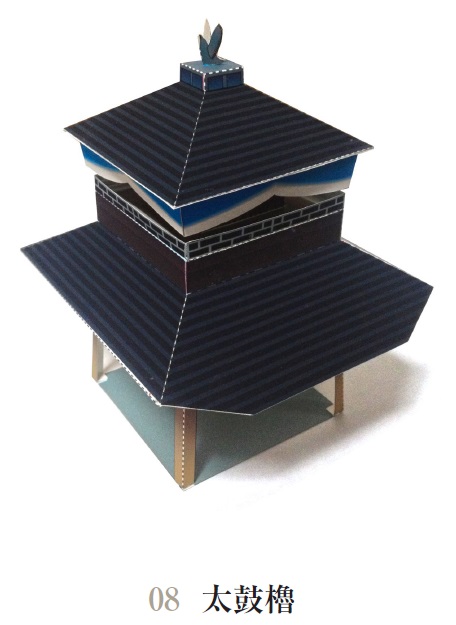
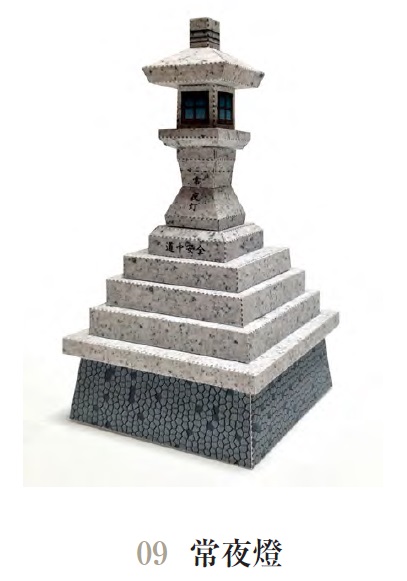
 Six Japanese foods you won’t want to miss trying in Ise
Six Japanese foods you won’t want to miss trying in Ise Man strips, makes it rain atop stone lantern at Ise Jingu shrine in Japan
Man strips, makes it rain atop stone lantern at Ise Jingu shrine in Japan TripAdvisor Japan announces the country’s 10 favorite shrines and temples
TripAdvisor Japan announces the country’s 10 favorite shrines and temples Snoopy’s Japanese-style tea house opens new location, brings Snoopy Chocolat along as a bonus
Snoopy’s Japanese-style tea house opens new location, brings Snoopy Chocolat along as a bonus Travel around Japan with stunning videos from the 4K ultra HD video library
Travel around Japan with stunning videos from the 4K ultra HD video library Foreigner’s request for help in Tokyo makes us sad for the state of society
Foreigner’s request for help in Tokyo makes us sad for the state of society Seaside scenery, history, and so many desserts on Yokohama’s Akai Kutsu【Japan Loop Buses】
Seaside scenery, history, and so many desserts on Yokohama’s Akai Kutsu【Japan Loop Buses】 Should you add tartar sauce to Japanese curry rice? CoCo Ichi makes diners an unusual offer
Should you add tartar sauce to Japanese curry rice? CoCo Ichi makes diners an unusual offer Japanese city loses residents’ personal data, which was on paper being transported on a windy day
Japanese city loses residents’ personal data, which was on paper being transported on a windy day Harajuku Station’s beautiful old wooden building is set to return, with a new complex around it
Harajuku Station’s beautiful old wooden building is set to return, with a new complex around it Red light district sushi restaurant in Tokyo shows us just how wrong we were about it
Red light district sushi restaurant in Tokyo shows us just how wrong we were about it Osaka governor suggests lowering voting age to 0 to curb population decline
Osaka governor suggests lowering voting age to 0 to curb population decline Japanese ramen restaurants under pressure from new yen banknotes
Japanese ramen restaurants under pressure from new yen banknotes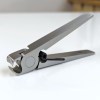 Expensive Japanese nail clippers: Are they worth it?
Expensive Japanese nail clippers: Are they worth it? Japan’s massive matcha parfait weighs 6 kilos, contains hidden surprises for anyone who eats it
Japan’s massive matcha parfait weighs 6 kilos, contains hidden surprises for anyone who eats it McDonald’s new Happy Meals offer up cute and practical Sanrio lifestyle goods
McDonald’s new Happy Meals offer up cute and practical Sanrio lifestyle goods French Fries Bread in Tokyo’s Shibuya becomes a hit on social media
French Fries Bread in Tokyo’s Shibuya becomes a hit on social media Studio Ghibli releases new action figures featuring Nausicaä of the Valley of the Wind characters
Studio Ghibli releases new action figures featuring Nausicaä of the Valley of the Wind characters New private rooms on Tokaido Shinkansen change the way we travel from Tokyo to Kyoto
New private rooms on Tokaido Shinkansen change the way we travel from Tokyo to Kyoto Tokyo Tsukiji fish market site to be redeveloped with 50,000-seat stadium, hotel, shopping center
Tokyo Tsukiji fish market site to be redeveloped with 50,000-seat stadium, hotel, shopping center Beautiful Ghibli sealing wax kits let you create accessories and elegant letter decorations【Pics】
Beautiful Ghibli sealing wax kits let you create accessories and elegant letter decorations【Pics】 Studio Ghibli releases Kiki’s Delivery Service chocolate cake pouches in Japan
Studio Ghibli releases Kiki’s Delivery Service chocolate cake pouches in Japan New definition of “Japanese whiskey” goes into effect to prevent fakes from fooling overseas buyers
New definition of “Japanese whiskey” goes into effect to prevent fakes from fooling overseas buyers Our Japanese reporter visits Costco in the U.S., finds super American and very Japanese things
Our Japanese reporter visits Costco in the U.S., finds super American and very Japanese things All-you-can-drink Starbucks and amazing views part of Tokyo’s new 170 meter-high sky lounge
All-you-can-drink Starbucks and amazing views part of Tokyo’s new 170 meter-high sky lounge More foreign tourists than ever before in history visited Japan last month
More foreign tourists than ever before in history visited Japan last month New Pokémon cakes let you eat your way through Pikachu and all the Eevee evolutions
New Pokémon cakes let you eat your way through Pikachu and all the Eevee evolutions Disney princesses get official manga makeovers for Manga Princess Cafe opening in Tokyo
Disney princesses get official manga makeovers for Manga Princess Cafe opening in Tokyo Sales of Japan’s most convenient train ticket/shopping payment cards suspended indefinitely
Sales of Japan’s most convenient train ticket/shopping payment cards suspended indefinitely Sold-out Studio Ghibli desktop humidifiers are back so Totoro can help you through the dry season
Sold-out Studio Ghibli desktop humidifiers are back so Totoro can help you through the dry season Japanese government to make first change to romanization spelling rules since the 1950s
Japanese government to make first change to romanization spelling rules since the 1950s Ghibli founders Toshio Suzuki and Hayao Miyazaki contribute to Japanese whisky Totoro label design
Ghibli founders Toshio Suzuki and Hayao Miyazaki contribute to Japanese whisky Totoro label design Doraemon found buried at sea as scene from 1993 anime becomes real life【Photos】
Doraemon found buried at sea as scene from 1993 anime becomes real life【Photos】 Tokyo’s most famous Starbucks is closed
Tokyo’s most famous Starbucks is closed One Piece characters’ nationalities revealed, but fans have mixed opinions
One Piece characters’ nationalities revealed, but fans have mixed opinions We asked a Uniqlo employee what four things we should buy and their suggestions didn’t disappoint
We asked a Uniqlo employee what four things we should buy and their suggestions didn’t disappoint Princesses, fruits, and blacksmiths: Study reveals the 30 most unusual family names in Japan
Princesses, fruits, and blacksmiths: Study reveals the 30 most unusual family names in Japan We spend a morning with an expert wagashi chef creating no-bake traditional Japanese sweets!
We spend a morning with an expert wagashi chef creating no-bake traditional Japanese sweets! Fishin’ for crawdads in Tokyo: A tale of friendship
Fishin’ for crawdads in Tokyo: A tale of friendship Feeling cold? Relax over a hot cup of fragrant sakura tea from Lipton!
Feeling cold? Relax over a hot cup of fragrant sakura tea from Lipton! We try a delicious hidden gem in Fukuoka, unknown to even Japanese people
We try a delicious hidden gem in Fukuoka, unknown to even Japanese people You can buy, and eat, a grilled sparrow on the streets of Kyoto, so we did【Taste test】
You can buy, and eat, a grilled sparrow on the streets of Kyoto, so we did【Taste test】 This beautiful, traditional Japanese building is actually a fully modern convenience store
This beautiful, traditional Japanese building is actually a fully modern convenience store The top 20 must-try restaurants in Tokyo, as chosen by travelers
The top 20 must-try restaurants in Tokyo, as chosen by travelers Quiz time! How many of these photos of Japanese places can you identify?【Photos】
Quiz time! How many of these photos of Japanese places can you identify?【Photos】 Too-cute-to-eat Mickey and Minnie Japanese confections melt our heart!
Too-cute-to-eat Mickey and Minnie Japanese confections melt our heart! People in Japan go crazy for Japanese koi fish with love hearts on its eyes
People in Japan go crazy for Japanese koi fish with love hearts on its eyes New Mochi Cream Doughnuts from Mister Donut pay homage to Japanese confectionery
New Mochi Cream Doughnuts from Mister Donut pay homage to Japanese confectionery Happy Halloween! Now eat your eyeball mochi
Happy Halloween! Now eat your eyeball mochi Step into a magical spirit world at the Motomiya Festival at Fushimi Inari Shrine in Kyoto
Step into a magical spirit world at the Motomiya Festival at Fushimi Inari Shrine in Kyoto Cold Stone Creamery Japan celebrates spring in style with green tea and sakura flavors
Cold Stone Creamery Japan celebrates spring in style with green tea and sakura flavors Mister Donut teams up with Kyoto tea specialist for new premium matcha doughnut range
Mister Donut teams up with Kyoto tea specialist for new premium matcha doughnut range Traditional sakura mochi meets Western cake with gorgeous and tantalizing results!
Traditional sakura mochi meets Western cake with gorgeous and tantalizing results!
Leave a Reply